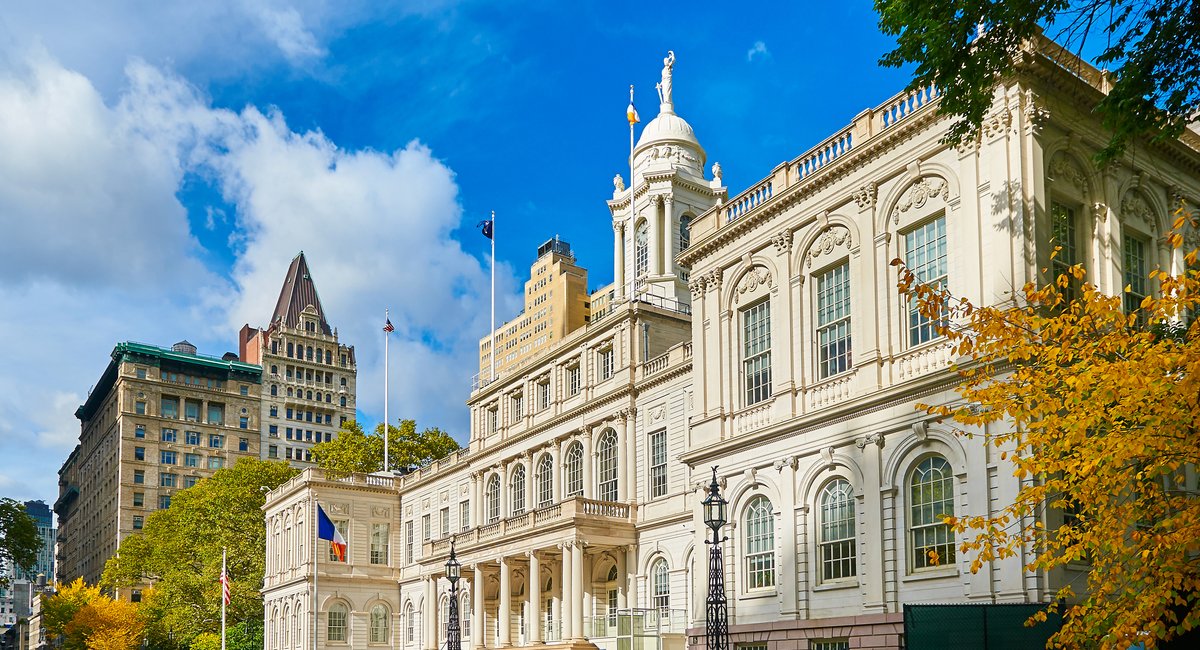New Yorkers can once again raise their concerns on the recently proposed New York City Council district lines during another round of public hearings happening across the city this week.
The hearings are organized by the NYC Districting Commission – a panel made up of mayoral and Council appointees – and aim to gather input on just where the panel went right or wrong when drafting the first set of maps released last month. The first round of hearings included almost 18 hours of public testimony.
Here are the dates and locations of the hearings:
- August 16th, 5:30 to 9 p.m. at the Museum of the Moving Image, Sumner Redstone Theater, 36-01 35 Ave. in Queens
- August 17th, 5:30 to 9 p.m. at Lehman College (CUNY), Gilet Auditorium, 250 Bedford Park Blvd. West in the Bronx
- August 18th, 5:30 to 9 p.m. at Staten Island Borough Hall, 10 Richmond Terrace Room 125
- August 21st, 3:30 to 7 p.m. at Medgar Evers College (CUNY), School of Science Healthy & Technology, Dining Hall, 1638 Bedford Ave., Brooklyn 11225
- August 22nd, 5:30 to 9 p.m. Schomburg Center for Research in Black Culture, 515 Malcolm Blvd. in Harlem,
“I think people bring their own unique feelings about their neighborhood, and that’s what we want to hear,” Dennis Walcott, the commission’s chair, said. “Our goal is to break New York City down into the smallest component to hear about neighborhoods.”
The public will not be restricted to topics related to the particular borough that the public hearing is located in, Walcott said. New Yorkers will also have the opportunity to attend the public hearings virtually and submit written testimony.
Every decade, the city is required to draw 51 new Council district lines following the latest U.S. Census count. According to the most recent census, New York City’s population grew from 8.2 million in 2010 to 8.8 million in 2020. Brooklyn was the most populous borough with 31% of New York City’s population. The city’s Hispanic and Asian population grew, while Black and white populations have decreased.
When the commission redraws district lines, they must keep fair representation of racial groups in mind, limit districts that cross borough lines, avoid splitting voters of the same political party and avoid oddly shaped districts. The commission must also ensure that so-called “communities of interest” – those described as having the same ethnic, cultural or religious characteristics – be kept intact. The commission must also abide by the Federal Voting Rights Act that ensure historically marginalized neighborhoods are fairly represented.
Last month, the 15-member New York City Districting Commission released its first proposed set of maps, which created a new Asian and Pacific Islander majority seat in southern Brooklyn, reflecting the increasing Asian population there. Critics said the district lines disempowered the area’s Latino community. Others voiced disappointment that the negotiations the commission had about drawing the preliminary district lines were not public.
“We understand that the advocates and others have requested this, and so we’ll listen,” Walcott said.
The City Charter also requires that each council district be “contiguous,” which means that any district separated by water must have a connection by a bridge, tunnel, tramway or ferry service within the bounds of that district.
Queens Councilmember Julie Won said the newly proposed 26th Council District that she currently represents – which would fold a portion of Manhattan’s East Side that’s currently in the 5th Council District and into the 26th Council District – violates the City Charter because it does not offer a contiguous path to the other side of the district. She said the new district lines also shrink the majority immigrant population in her current district.
“They broke every single rule that they set for themselves in the City Charter,” Won said.
Won noted the district is not contiguous because she can only get to Roosevelt Island by going through a neighboring district. But officials say that there are ways to get to Roosevelt Island and Manhattan within her proposed district, such as the Ed Koch Queensboro Bridge.
Alida Camp, an Upper East Side resident who’s been closely following the redistricting process, took issue with the proposed lines for the 5th Council District, which is in the Upper East Side but no longer includes Roosevelt Island. She said Roosevelt Island is a residential community that is a part of Manhattan and should not be mixed with Queens. Camp fears the portion of the 5th Council District proposed to be drawn into the 26th Council District will ultimately dilute political power for areas like Roosevelt Island.
“We’re different boroughs with different demographics and many different concerns,” she said. “It should be that we all have an equal voice in the City Council and this particular map will get rid of that.”
Camp said she plans to attend the public hearing in Manhattan this week.
The redistricting process has resulted in a two-year instead of four-year term for existing council members, who must run once again next year.
After this round of public hearings in August, the commission will tweak the maps and submit them to the Council for an advisory vote. If the Council approves the maps then they will be submitted to the City Clerk’s office.
If the Council files a formal objection to the commission’s plan, it will trigger a third round of public hearings and a final map will ultimately be redrawn and approved by the commission without the Council’s involvement.
The maps must be submitted to the clerk’s office by February next year.
